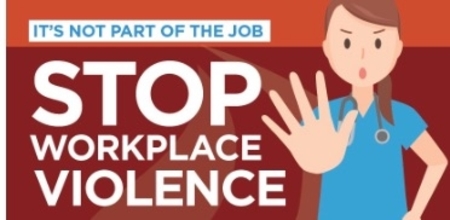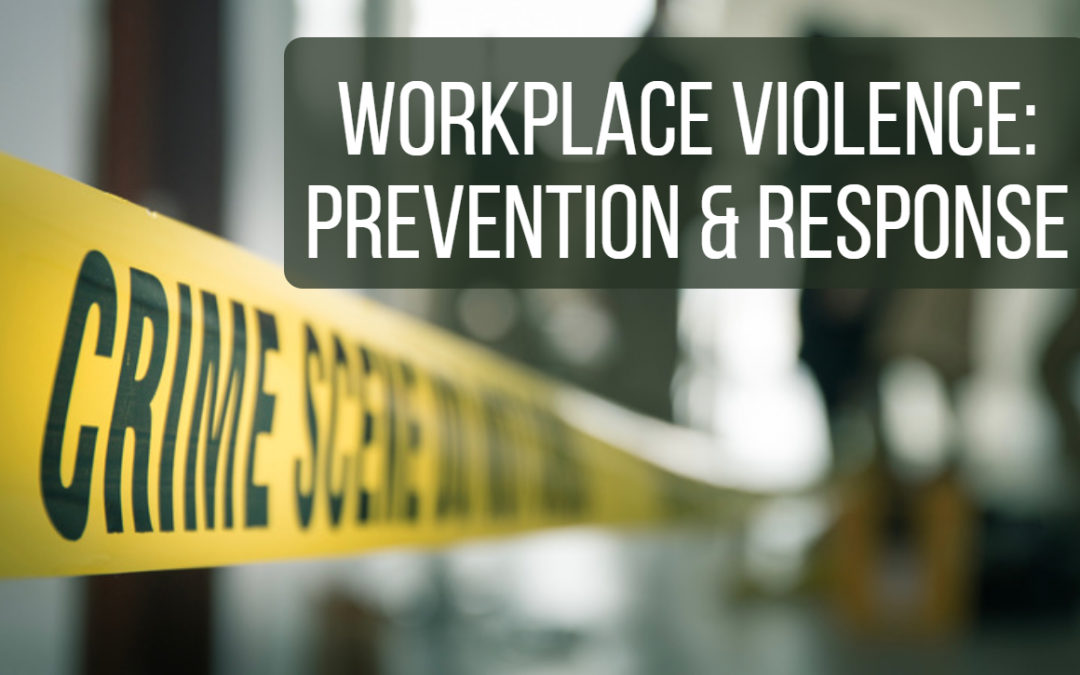 How safe are you out of your home? Especially the place where you spend most of your time: The workplace. Do you know that data from the Harvard Business School survey 2009, shows that 94% of service professionals put in 50+ hours of work a week? This is data from about ten years ago, yet it still reigns true now.
How safe are you out of your home? Especially the place where you spend most of your time: The workplace. Do you know that data from the Harvard Business School survey 2009, shows that 94% of service professionals put in 50+ hours of work a week? This is data from about ten years ago, yet it still reigns true now.( Please follow the link to read this article it is quite an interesting read https://hbr.org/2009/10/making-time-off-predictable-and-required.)
 Recently, there have been increased reports of incidences of workplace-related violence than ever. It may either be linked to greater awareness and identification of such acts or increased occurrences of the same.
Recently, there have been increased reports of incidences of workplace-related violence than ever. It may either be linked to greater awareness and identification of such acts or increased occurrences of the same.According to the Occupational Safety and Health Act of the USA, workplace violence is defined as " any act or threat of physical violence, harassment, intimidation, or other threatening disruptive behavior that occurs at the worksite. It ranges from threats and verbal abuse, to physical assaults and even homicide. It can affect and involve employees, clients, customers and visitors. It is unfortunate that in most African countries our constitutions do not adequately highlight this. Kenya is no different for instance, "in the present constitution the issues on occupational safety and health are not directly addressed. However, it states that no person should be held in slavery or servitude or required to perform forced labor.
We should not accept this we need to propagate for it to change. Steve Maraboli once said, "The victim mindset dilutes the human potential. By not accepting personal responsibility for our circumstances, we greatly reduce our power to change them."
( Please follow the links to read more on the OSH acts in Kenya)
https://www.ilo.org/wcmsp5/groups/public/@ed_protect/@protrav/@safework/documents/policy/wcms_187632.pdf, http://labour.go.ke/wp-content/uploads/2019/02/National-OSH-Policy.pdf.
It is important to know all this because,
- It aids to prevents illness and injury to the employees when effectively implemented. Which has a ripple effect by enabling them to maintain or seek their economic empowerment.
- It reduces health and safety hazards to employees, therefore, promoting greater job satisfaction greatly improving their productivity.
- It avoids serious consequences to the employers such as fines or having their businesses temporarily or permanently shut down. With global trends of recession this is a chance we shouldn't be willing to take.
 Workplace violence can be categorized in many ways but the simplest is often based on the parties involved. Below is an example of such categorization;
Workplace violence can be categorized in many ways but the simplest is often based on the parties involved. Below is an example of such categorization;- Criminal Intent-Criminal intent workplace violence incidents are when the perpetrator has no relationship with the targeted establishment and the primary motive is theft.
- Customer/Client- In this type, the perpetrator is a customer or client of the employer and the violence often occurs in conjunction with the worker’s normal duties.
- Worker-to-Worker- This is generally perpetrated by a current or former employee, and the motivating factor is often interpersonal or work-related conflicts, or losses and traumas.
- Domestic Violence- Often perpetrated by someone who is not an employee or a former employee. eg by a spouse who is familiar with their partners' work schedule.
- Ideological Violence -This type of violence is directed at an organization, its people, and/or property for ideological, religious or political reasons eg by extremists.
For a more in-depth look please follow the link https://www.everbridge.com/blog/five-types-workplace-violence/
As employers or employees in any organization, we have to put measures in place to curb such acts. Below I have briefly highlighted some of them, but a lot more needs to be done.

( All information is derived from https://www.osha.gov/as/opa/worker/employer-responsibility.html
Role of the employer
- Provide a workplace free from serious recognized hazards and comply with standards, rules and regulations issued under the OSH Act.
- Examine workplace conditions to make sure they conform to applicable OSHA standards.
- Make sure employees have and use safe tools and equipment and properly maintain this equipment.
- Use color codes, posters, labels or signs to warn employees of potential hazards.
- Establish or update operating procedures and communicate them so that employees follow safety and health requirements.
- Employers must provide safety training in a language and vocabulary workers can understand.
- Employers with hazardous chemicals in the workplace must develop and implement a written hazard communication program and train employees on the hazards they are exposed to and proper precautions (and a copy of safety data sheets must be readily available).
- Provide medical examinations and training when required by OSHA standards.
- Post, at a prominent location within the workplace, the OSHA poster (or the state-plan equivalent) informing employees of their rights and responsibilities.
- Keep records of work-related injuries and illnesses. (Note: Employers with 10 or fewer employees and employers in certain low-hazard industries are exempt from this requirement.
- Provide employees, former employees and their representatives access to the Log of Work-Related Injuries and Illnesses
- Provide access to employee medical records and exposure records to employees or their authorized representatives.
- Provide to the OSHA compliance officer the names of authorized employee representatives who may be asked to accompany the compliance officer during an inspection.
- Not discriminate against employees who exercise their rights under the Act.
- Post OSHA citations at or near the work area involved. Each citation must remain posted until the violation has been corrected, or for three working days, whichever is longer. Post abatement verification documents or tags.
- Correct cited violations by the deadline set in the OSHA citation and submit required abatement verification documentation.
- OSHA encourages all employers to adopt a safety and health program.
Role of employees
- Take reasonable care for your health and safety in the workplace. You must also take reasonable care for the health and safety of others who may be affected by what you do or don’t do.
- Cooperate with your employer about any action they take to comply with the OHS Act or Regulations. For example, use equipment properly, follow safe work policies and procedures and attend training.
- Don’t intentionally or recklessly interfere with or misuse anything at the workplace to support health, safety, and welfare.
In conclusion, we may find this is to be such a sombre way to start the year but I believe that as we continue with our wellness journey we must take care of ourselves holistically for better outcomes. For
Well articulated
ReplyDelete